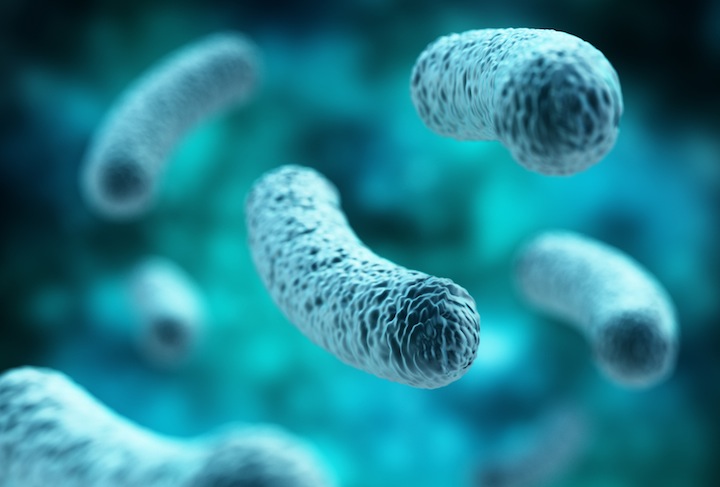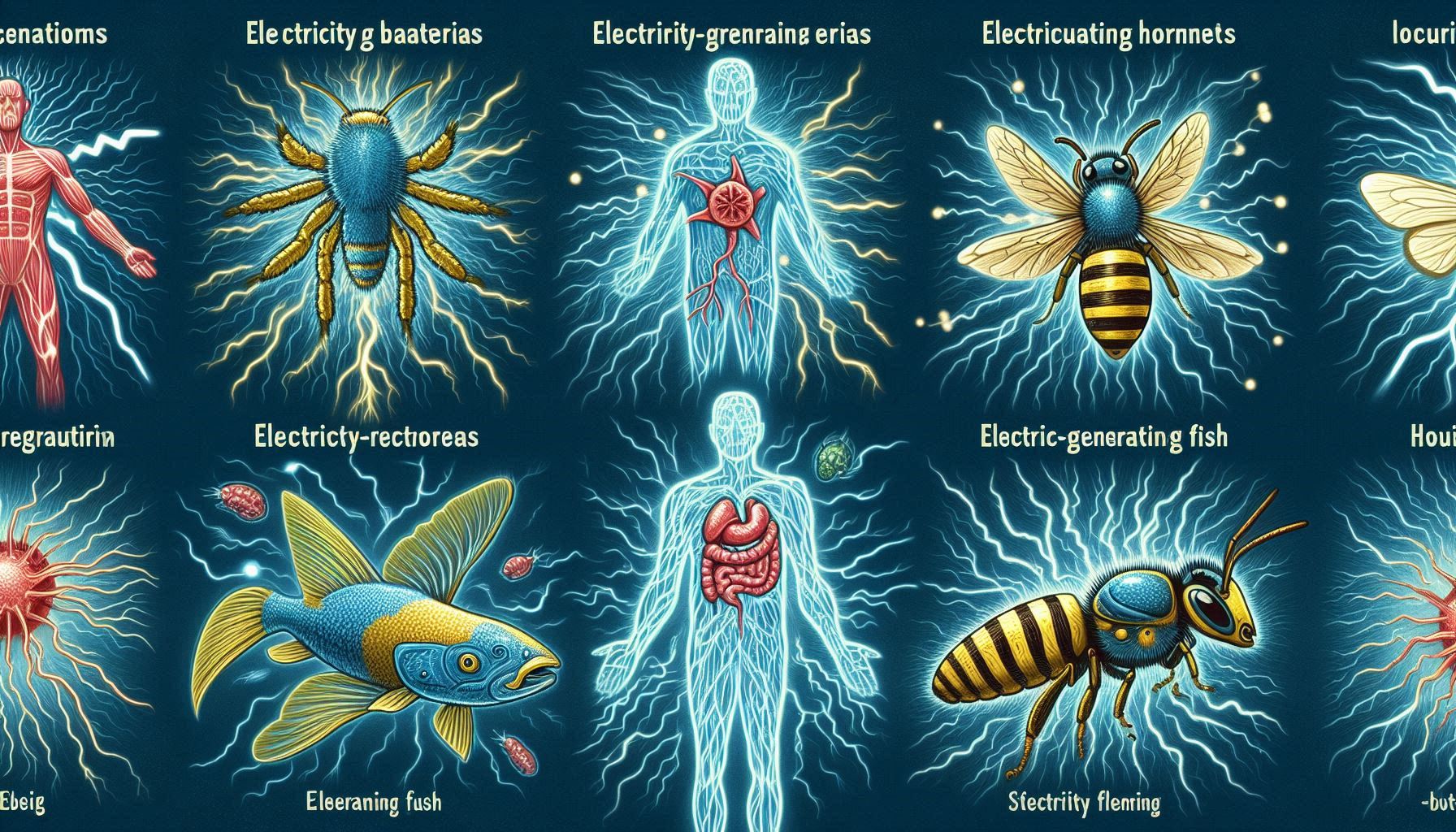When researching ATP (adenosine triphosphate), known as the energy currency, the topic of electricity comes up. All living organisms run on the energy generated by the breakdown of ATP, and when ATP is broken down, the phosphate chains are unraveled, releasing electrons that become bioelectricity that moves muscles and other organs. Bioelectricity can be measured with an electrocardiogram, electroencephalogram, and skin potential, and apparently captures the weak electricity that flows through the heart, brain, muscles, and skin. Electrical signals are flying around inside living organisms.
It seems that there are creatures that can generate electricity apart from the bioelectricity they use to move their bodies. Strongly electric fish, such as electric eels, can generate high voltages of over 400V with thousands of electric-powered cells connected in series. Strongly electric fish have an astonishing power generation efficiency of about 100%, converting substances in their bodies into electrical energy. The power generation efficiency of nuclear and thermal power plants is said to be around 30-40%, so about 100% is an amazing figure.

There also seem to be microorganisms that can generate electricity. Electricity-generating bacteria, such as Geobacter, live in various soils and can generate electricity by oxidizing and decomposing organic matter to release electrons. It has also been discovered that some species of intestinal bacteria have the ability to generate electricity.


There are also some insects that generate electricity using sunlight, although this is very rare. The Oriental hornet has the bee’s characteristic yellow and brown stripes, and the brown tissue captures light, and the yellow tissue creates electricity from the light. The yellow parts contain a pigment called xanthopterin, which belongs to the pteridine family, one of the three main pigments found in insects, and this pigment is used to generate electricity. Photosynthesis also seems to involve a pigment called chlorophyll, so sunlight and pigments are closely related.

There seems to be a strong connection between living things and electricity, but electricity also appears in many stories on a global scale. There is a global electric circuit called the global circuit, which is made up of atmospheric electricity between the Earth’s surface and the ionosphere, and lightning that connects them. Although you cannot feel it, the potential difference is said to be 100V per meter. There is a potential difference of 100 to 200V between your feet and your head.
It seems that a weak electric current called telluric current is constantly flowing on the surface of the Earth, and it seems to fluctuate due to changes in the magnetic field, changes in temperature underground, and fluctuations in groundwater. The reason that earth wires for electrical appliances are connected to the ground to prevent leakage current is thought to be because the ground is conductive, but naturally occurring electric currents are always flowing through the ground.
It also seems that huge electric currents flow inside and outside the Earth. In an area of geospace at an altitude of 3,000 to 10,000 km, called the ring current, there is an electric current created by charged particles of 10 to 100 kiloelectron volts, and in the core of the Earth, 2,900 km deep underground, there is a current of several billion amperes, both of which exist as huge ring-shaped currents. When you look into it, you’ll find that electricity is moving everywhere, from the microscopic to the macroscopic. This may be obvious since atoms are made up of electrons, but electricity is amazing. The activity of the Earth is amazing.


